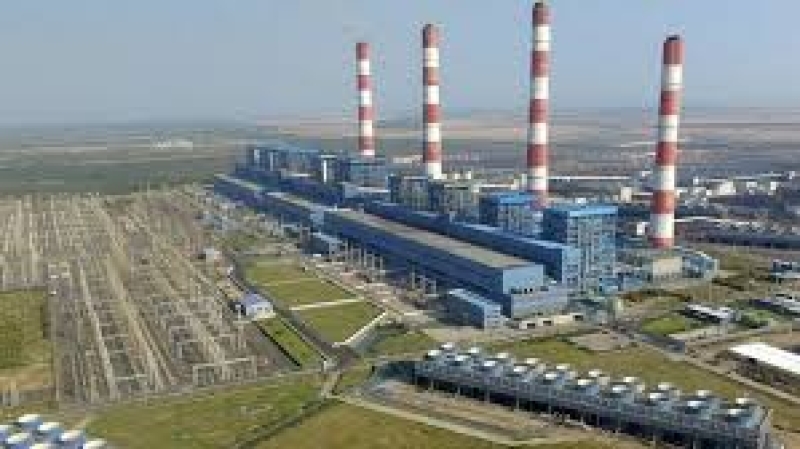- Janaza of six Bangladeshi peacekeepers held at Dhaka Cantonment |
- Bangladesh stock market loses Tk 10,500cr in a week |
- Dhaka’s air turns ‘very unhealthy’ on Sunday morning |
- Project to transform N’ganj into a climate-resilient green city |
- Sustainable, rights-based solutions to Rohingya crisis urged |
Adani Plant Resumes, Eases Power Crisis in Bangladesh

Bangladesh’s power supply situation witnessed a marked improvement on Tuesday as both units of the 1,600 MW coal-fired power plant operated by India’s Adani Group in Jharkhand resumed operations after temporary shutdowns.
According to data from Power Grid Bangladesh PLC, the country was receiving 1,078 MW of electricity from the plant at 5 pm, helping significantly reduce load-shedding during peak hours. At that time, total electricity supply reached 13,820 MW against a demand of 13,946 MW, resulting in a manageable shortfall of just 80 to 120 MW.
The Adani plant, built exclusively to supply power to Bangladesh under a long-term 25-year power purchase agreement (PPA), consists of two units—each with a generation capacity of 800 MW. The facility began supplying electricity to the national grid in April 2023.
Electricity generation from one of the units was halted on April 12, while the other had been out of service since April 1 due to technical faults. The double shutdown had led to widespread power outages across the country, with the worst impact recorded on April 12—a Saturday—when load-shedding surged to 428 MW at 3 pm. This was particularly alarming given the typically lower demand on weekends.
“This was the highest amount of load-shedding in recent days, when shortages usually remain between 50 and 150 MW,” said an official from Power Grid Bangladesh.
The restoration of full capacity at the Adani plant has thus come as a relief for the national power grid, especially amid rising demand with the onset of summer. Officials expect the improved supply situation to continue as long as technical operations at the Jharkhand plant remain stable.

